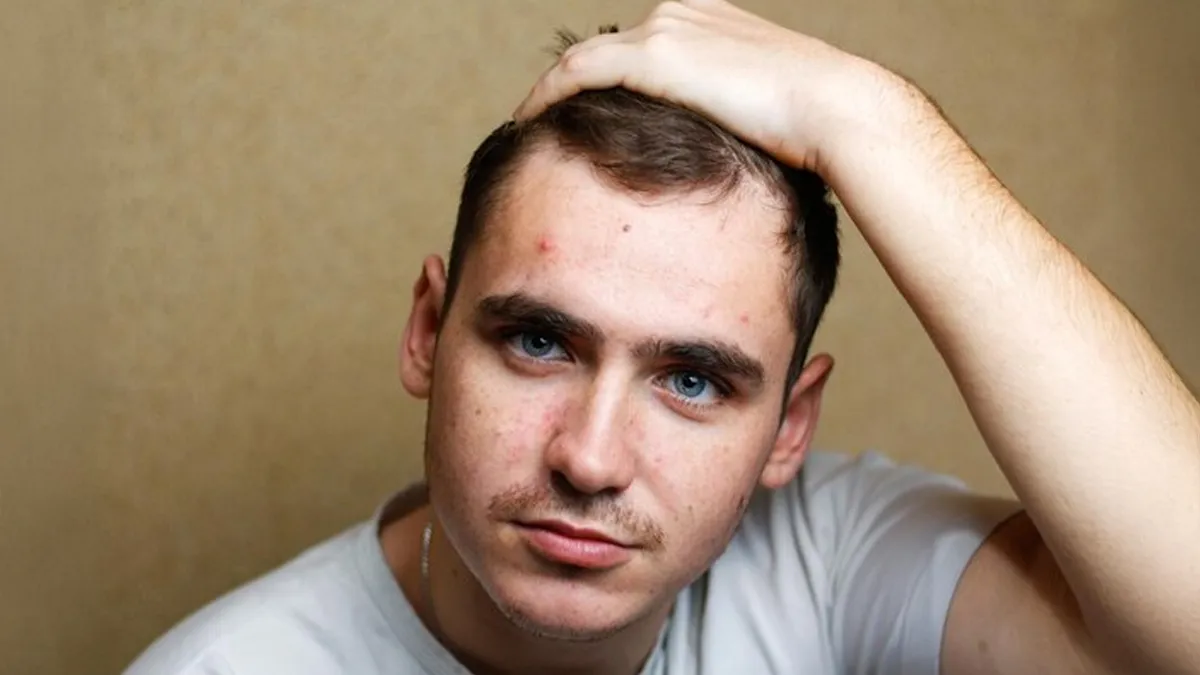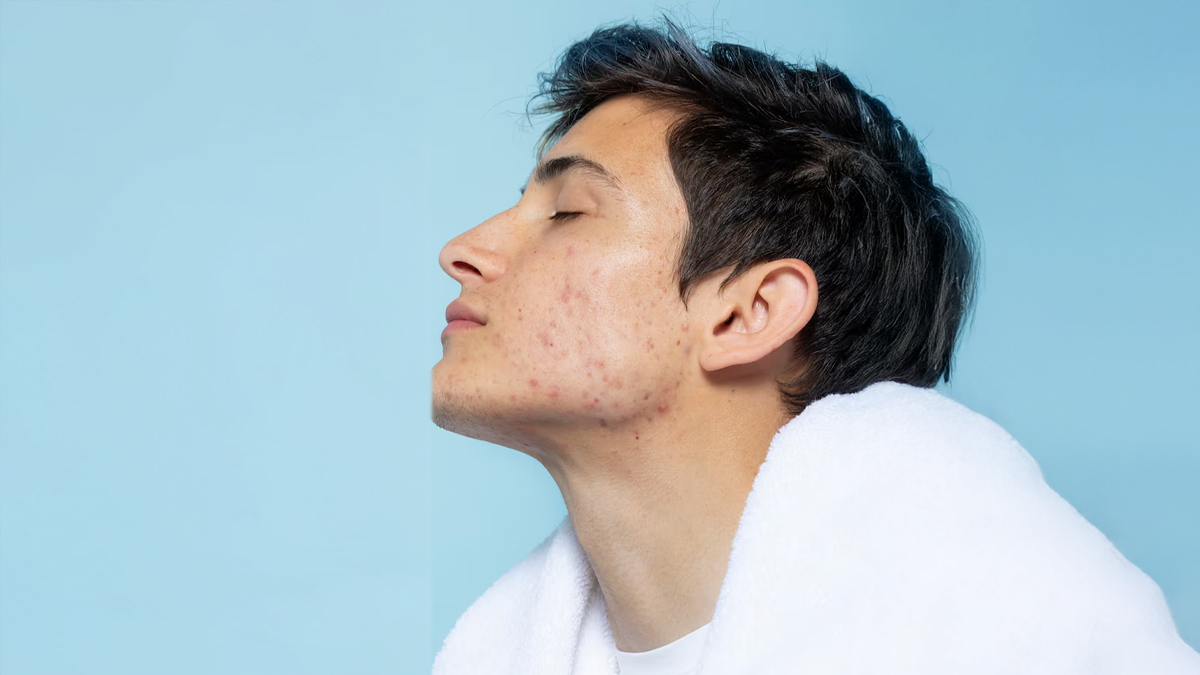
Acne and hair loss are common struggles that leave many wondering: Could hormones be the hidden culprit? While stress, diet, or genetics often take the blame, hormonal imbalances can silently wreak havoc on your skin and scalp. Fluctuations in hormones like testosterone, estrogen, or insulin can trigger stubborn breakouts, unexpected hair thinning, or even unwanted hair growth. But how do you know if your symptoms are hormone-related—and what can you do about it? Let’s explore the science behind hormonal acne and hair loss, decode the warning signs, and uncover actionable steps to regain balance.
Table of Content:-
The Invisible Drivers of Skin and Hair Health
View this post on Instagram
Hormones act as chemical messengers, regulating everything from mood to metabolism. When imbalances occur—due to puberty, PCOS, menopause, or stress—they can directly impact your skin and hair. For instance, excess androgens (male hormones) may overstimulate oil glands or shrink hair follicles, leading to acne or thinning hair.
Is Your Acne Hormonal? Key Signs to Watch
Dr Karthini Baba, Founder of Skin Sanctum, Hyderabad, explains: “Hormonal acne typically shows up on the chin and jawline area, often linked to fluctuations in androgens. Look for other clues like darkening of the neck, skin tags, or unusual hair growth.”
Hormonal acne red flags:
- Location: Breakouts concentrated on the chin, jawline, or lower face.
- Skin changes: Dark patches on the neck (acanthosis nigricans) or small skin tags.
- Unwanted hair: Coarse hair on the face, neck, or back (hirsutism).
The expert adds: “If someone is breaking out around the chin and has signs like neck darkening or scalp hair thinning, it often points to hormonal imbalance.”
ALSO READ: Can Banana Peels Really Help Your Skin, or Do Pesticides Pose a Threat?
Hormonal Hair Loss: How to Spot the Clues
-1742209699806.jpg)
Hair loss tied to hormones isn’t always obvious. The expert notes: “Diffuse thinning across the scalp or a receding hairline in women could signal hormonal shifts, like PCOS or menopause.” Some of the hormonal hair loss signs include the following.
- Thinning: Reduced hair density all over the scalp.
- Receding hairline: Noticeable in women, especially near the temples.
- Excess shedding: Clumps of hair in the shower or brush.
Why does this happen? Dihydrotestosterone (DHT), a testosterone derivative, can shrink hair follicles, leading to weaker strands and eventual loss.
Science Backs the Hormone Connection
A 2020 study in the Journal of Clinical Endocrinology & Metabolism found that women with PCOS—a condition marked by hormonal imbalances—had significantly higher rates of acne and hair loss. Researchers linked these issues to elevated androgens and insulin resistance, which disrupt skin and follicle health.
How to Address Hormonal Acne and Hair Loss

- Consult a Specialist: Blood tests can check hormone levels (e.g., testosterone, thyroid hormones). Dermatologists or endocrinologists can pinpoint imbalances.
- Target Treatments: Acne: Topical retinoids, oral contraceptives, or anti-androgen medications.
- Hair loss: Minoxidil, DHT blockers (e.g., finasteride), or platelet-rich plasma (PRP) therapy.
- Diet: Reduce sugar and refined carbs to manage insulin levels.
- Stress management: Yoga or meditation to lower cortisol (a stress hormone).
The expert emphasises: “Early intervention is key. Addressing hormonal imbalances can prevent long-term damage to your skin and hair.”
ALSO READ: What Is the Difference Between Dandruff and Dry Scalp Buildup?
Conclusion
Hormones play a starring role in acne and hair loss, but you’re not powerless. They are often more than just skin-deep issues—they can be clear signs of hormonal imbalances. While hormones play a significant role, effective solutions often require a combination of medical treatments, lifestyle changes, and expert guidance. By understanding and tackling these imbalances, you can take control of your skin and hair health, restoring both your confidence and well-being.
Also watch this video
How we keep this article up to date:
We work with experts and keep a close eye on the latest in health and wellness. Whenever there is a new research or helpful information, we update our articles with accurate and useful advice.
Current Version